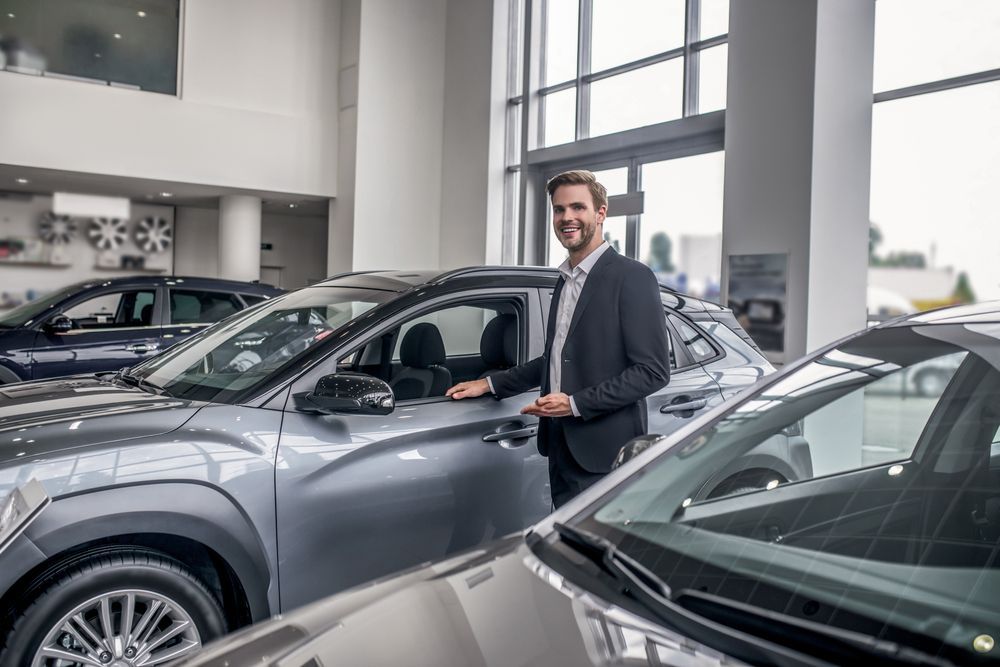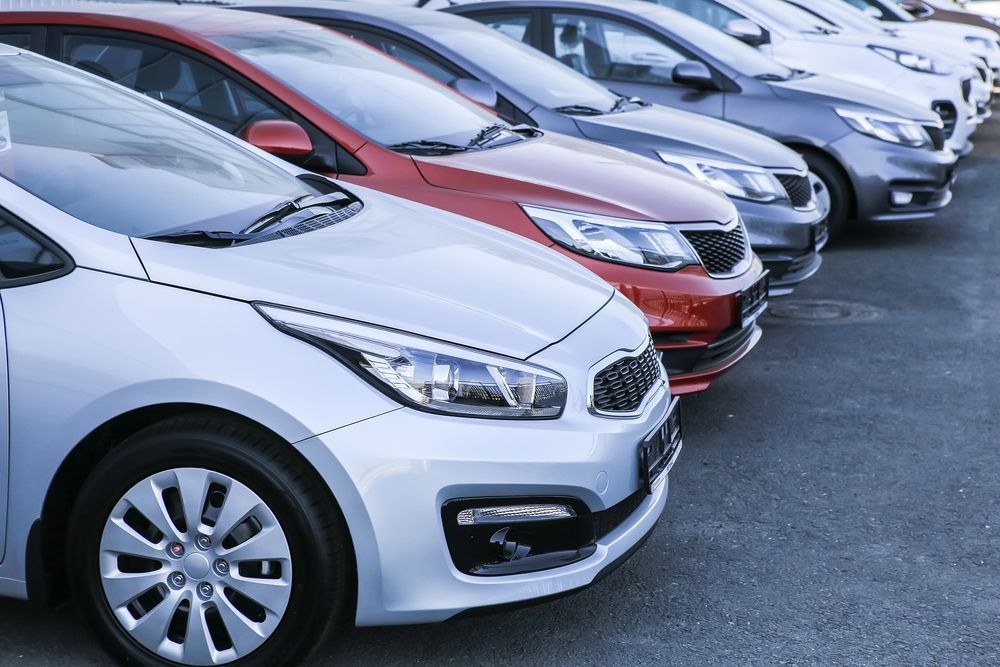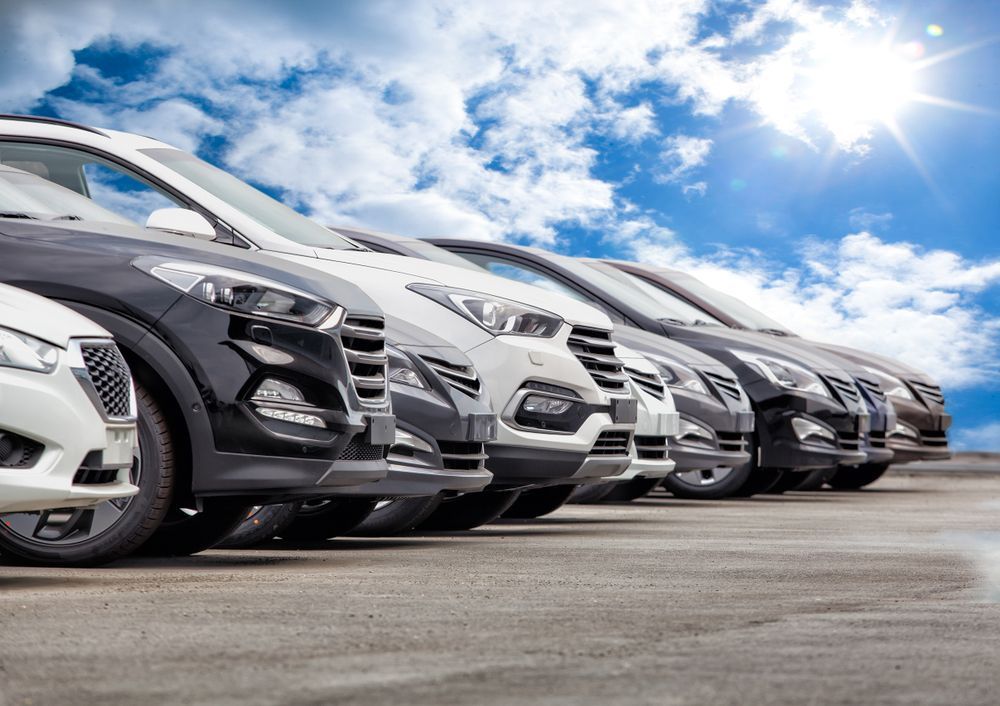
Thanks to the information available on great websites like motorclearance.com, car salespeople must be on top of their game to make a sale. This Buying Guide will give you an overview of what you need to know to negotiate effectively.
Negotiating Price
Before you even negotiate price, be sure you calculate your budget - and include insurance for your new car. To negotiate effectively you will need to know both the Blue Book base price and the cost of add-ons.
Should I Buy or Lease a New Vehicle?
The rise of the "lease vehicle market" means car buyers can now choose between buying and leasing (renting). You are probably already familiar with the process of taking out a loan to buy a car outright. When you lease a car, instead of taking out a loan, you will pay monthly premiums for having the use of that vehicle during a certain present period of time. Each approach has pros and cons.
Buying: Pros
- You can build equity (resale value).
- You control service and maintenance costs.
- You can drive as much as you want.
Buying: Cons
- You lose value the moment you drive off the lot.
- You won't be driving the newest model each year.
- If your car is in a major accident or totaled, you may not get the full value back.
Leasing: Pros
- You are able to turn the car back in for a newer model.
- You don't bear the full cost of buying the vehicle.
Leasing: Cons
- You have mileage restrictions.
- You can't easily get out of your lease early.
- You will pay penalties for excess wear-and-tear.
How Leasing Works
When you lease a car, you are essentially renting it from its owner (the leasing company) who bought it from the manufacturer.
A Primer on Lease Types
Here are the two most common lease types.
- Closed-end lease. With a closed-end lease, when the lease period ends you can simply turn the vehicle in. The leasing company also bears the lion's share of equity risk through estimated depreciation. But if you go over mileage or damage the car, you will pay penalty fees.
- Open-end lease. With an open-ended lease, you are essentially buying to own and will owe the balance of the vehicle price at the lease period end. This is a more popular choice for fleet managers than for individual owner-operators.
Understanding Lease Versus Loan Payments
Lease payments are traditionally lower than loan payments. This is because you are paying for the value (principle+interest) of the vehicle only during the lease period. Example: Let's say you have an option to buy or lease a vehicle worth $20,000. If you take out a loan and buy the car outright, you will pay the full $20,000 plus the interest. You choose a 36 month (3 year) payback period. Here, you will have 36 months of equal payments of $20,000+interest. At the end of 36 months, you own your car outright. If you lease the car for three years, you will pay only for the estimated value of the car during those three years. Let's say here that the three-year-old version of the new lease car is estimated to be worth $11,000. So you will pay $9,000 (the remainder of the $20,000 full purchase price) plus interest for three years. After three years, you will turn the car back in.
Why Lease Rather Than Buy?
Here are some of the top reasons consumers cite:
- Monthly payments are lower. Because you are only paying for the value of the car during the lease payment period, you can count on paying up to 60 percent less.
- You are always driving the latest model. Leasing a vehicle for limited periods of time means you can turn it back in and upgrade seamlessly.
- Your maintenance and service bills are lower. Since the typical leased vehicle is brand new, you won't be likely to face any major maintenance or repair issues.
- You can save on taxes. Since you are only paying for the value of the vehicle during the time you are leasing it, you will only be taxed for the amount of the lease payments.
How the Down Payment Works with a Lease Vehicle
When you lease a vehicle, you may or may not have to pay a downpayment. But even if you do pay a downpayment, it will be based on the value of the vehicle during your lease period, not the total purchase price.
Why Buy Versus Lease a Vehicle?
Here are reasons some consumers say they prefer buying over leasing:
- You earn equity. Once your car is paid off, you own it outright and can choose to resell it at a profit (ownership=equity).
- You always have a ride. When you buy a car, you will have a car as long as you need one.
- Your car will likely outlast your car payments. Once you make that final payment, then you get to drive a car that is paid off - yay!
- No mileage penalties. When you lease a car, you are given a certain number of miles (generally 10,000-15,000). After that, you will be charged for each extra mile.
- No wear-and-tear penalties. If you have an accident or there is major wear and tear to the vehicle, you will pay penalties if you lease. If you own, you can deal with these issues in whatever way is most cost-effective.
- No penalties for early termination. If you lease, you will have to pay a penalty if you cancel your lease early and turn the car back in - not so if you own.
- Credit scores count less. If you buy a car, you won't have to meet the same strict credit check criteria as if you were renting (leasing).
Finding Incentives and Rebates
The best way to sleuth out cost-cutting incentives and rebates is to look at the previous year's model first. Manufacturers and dealers want to move last year's inventory to make room for this year's so they will haggle with you more on price.
About an Extended Warranty
Should you purchase an extended warranty? Unless the dealership gives you a really deep discount, most experts will say to skip it. You can buy an extended warranty at any time while you own the car - no need to buy it while you are still covered by the factory warranty.
A Word About Taxes
Be sure you understand the "bottom line" price you will pay - including all fees and taxes. Also find out if your monthly price includes the local sales tax. Example: You are buying a car with a sticker price of $25,000. Your local sales tax (7.25 percent) adds on another $1,812.50. So your total price is really $26,812.50.
How to Negotiate a Trade-in When You Buy a New Car
If you are planning to trade your existing vehicle in at the time you purchase a new car, you will need to do some additional research up front.
- First, get quotes on your current vehicle.
- Use these quotes to get the dealers to compete for your business.
- Calculate the total price of the new car you plan to purchase.
- Subtract the trade-in value of your current car plus incentives/rebates plus your downpayment to get your final price.
- Find out your interest rate and use that to calculate your monthly loan payments.
How the Dealership Earns When You Make a Trade-In
Of course the dealer always wants to make a profit on a trade-in - and you will always want to get the highest trade-in price that you can. So how do you know what a fair trade-in price really is?
- Start with the Kelley Blue Book value of your trade-in vehicle (you can find this online).
- Subtract any major repairs (cracked windshield, replacement parts, cosmetic repairs) it may need.
- Subtract dealer overhead (sales commission, car lot rental, marketing and advertising).
- This final number represents a fair trade-in price for your current vehicle. Dealers who offer more than this number may have lower overhead costs - or they may just really need your business to meet their sales quotas. If you are struggling to get the price you think is fair for your trade-in, it can also help if you shop at month-end or the end of a quarter when salespeople are most eager to negotiate to meet their sales quotas.
Read next


Buying Guide For Used Cars Top 10 Questions To Ask

